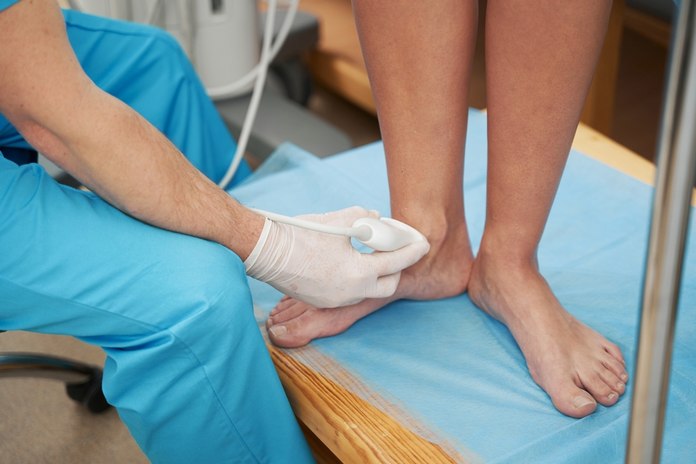Other Tests That May Help With The Diagnosis

Other imaging tests can also show if there are any fractures, but they might be more effective in detecting cartilage damage, a ligament problem, or a nerve-related issue. Based on your medical history, physical examination, and symptoms, your doctor may not ask for X-rays immediately but opt for other exams to evaluate the joint more thoroughly. For example:
- Sonography: An ultrasound or sonogram of the ankle is an excellent way to diagnose tendon-related issues, especially Achilles tendinitis or tendon tear. The only downside of sonography is that the results highly depend on the expertise of the technician who performs the exam.
- Magnetic resonance imaging: This technique is instrumental in diagnosing ligament-related problems. However, it is a costly study that might not suit everybody. Thus, doctors mainly use MRI testing in cases of chronic instability and ankle pain or when they suspect an osteochondral lesion.
- Blood tests: You might wonder why blood tests are prescribed in these cases to rule out different types of arthritis. For instance, gout can attack the ankle joint and not only the big toe, which is detected by increased uric acid levels in the blood. Autoimmune arthritis in rheumatoid arthritis and lupus can also be detected by blood tests showing autoantibodies in the serum.

